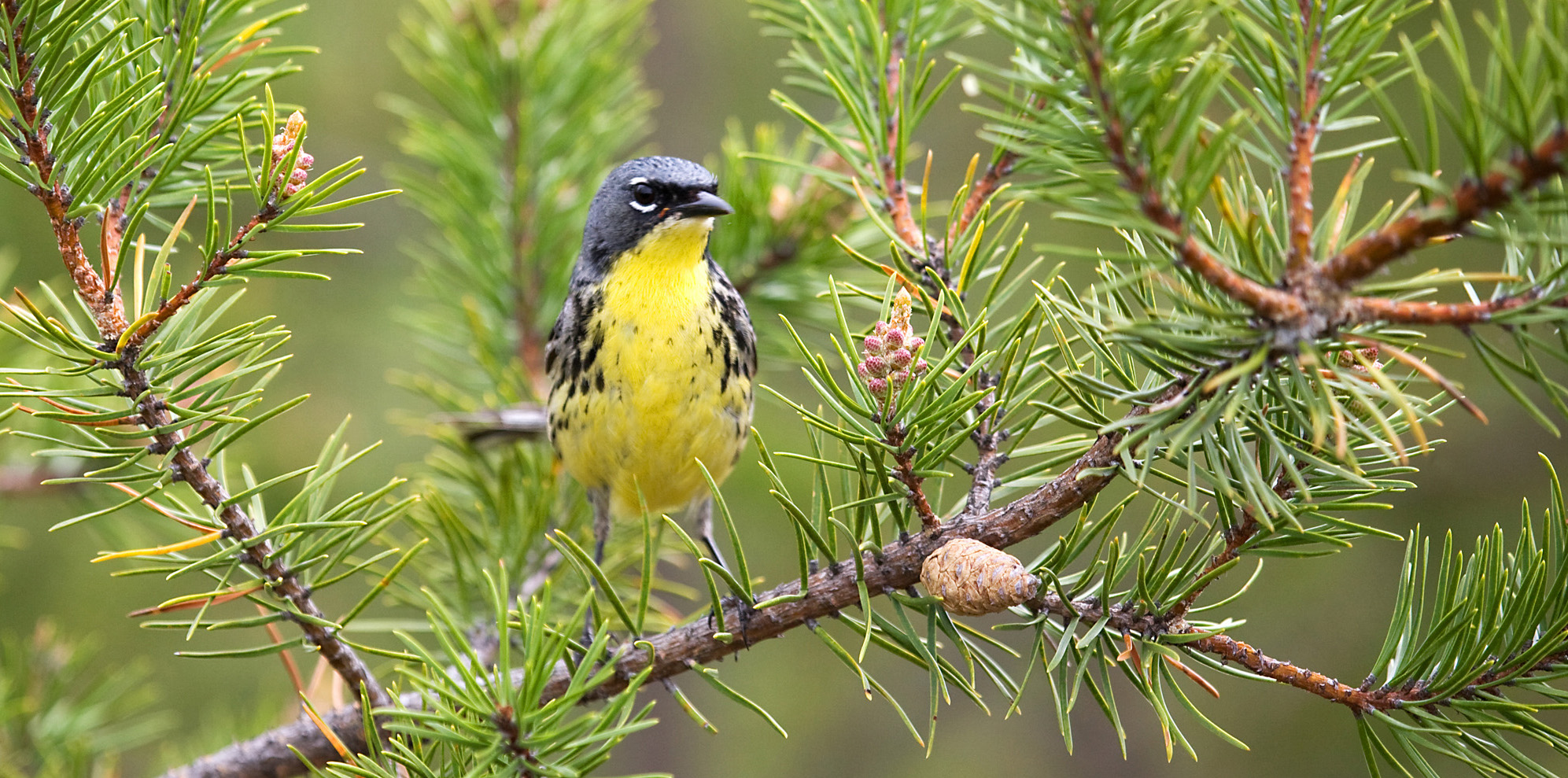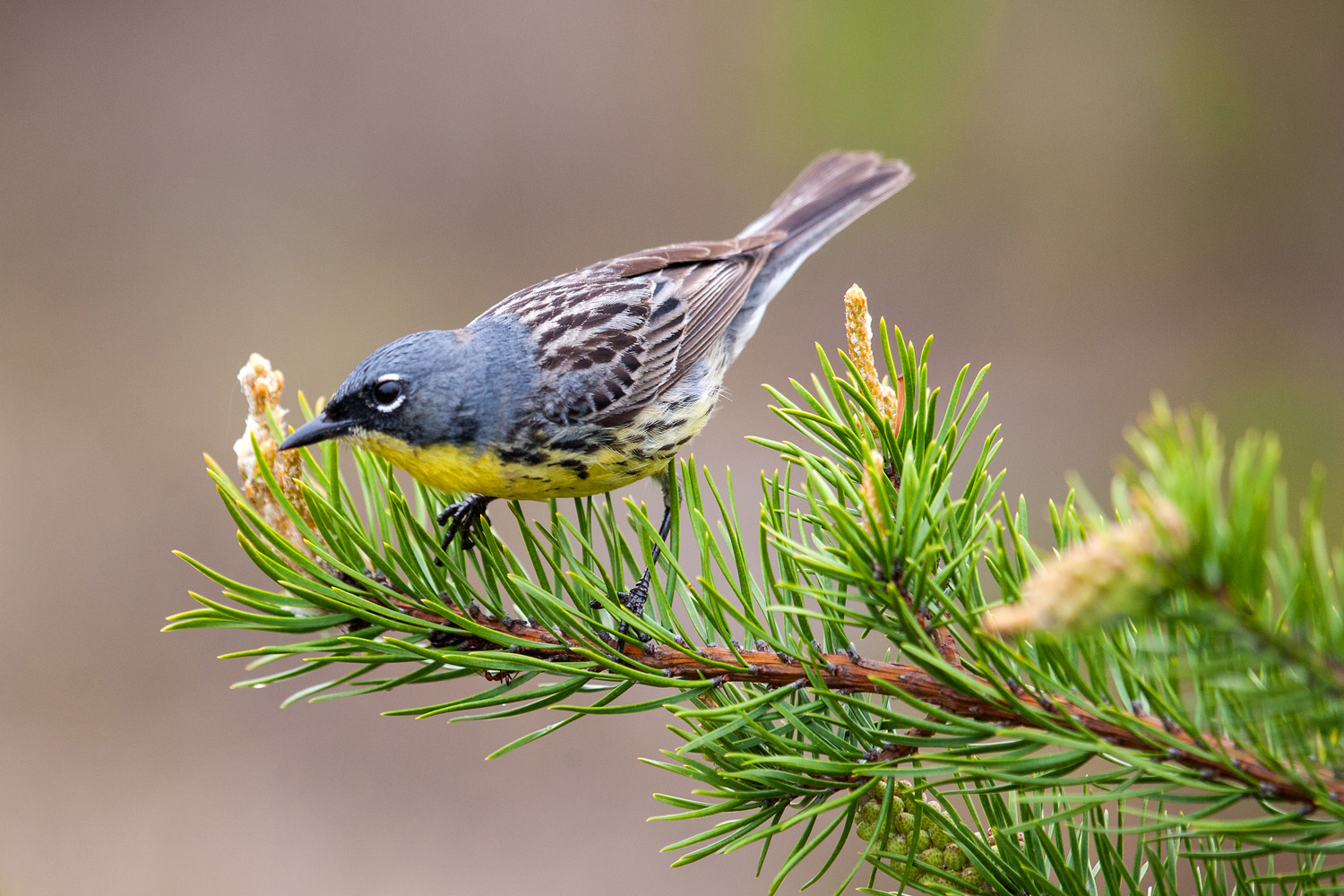Renogy Solar Panels Help Track Rare Songbird
An insight into how Renogy Solar Panels are helping to track the rare Kirtland's Warbler
Solar panels are suitable for almost any situation where off-grid power is necessary. Off-grid solar panels are used to power sheds, cabins, boats, RVs, or are available as a power backup system in the event of an emergency. While this list is illustrative, it is hardly exclusive. As solar technology has improved and each year solar cells are becoming more efficient, panels are being used for a wider array of off-grid purposes. Renogy has recently received feedback from several customers that are using their solar panels in new and even scientific ways. Take for example, the Kirtland’s Warbler Tracking Project (the “Project”) that has been instituted by the Smithsonian Migratory Bird Center (“Smithsonian”). This Project will track the migratory patterns of an endangered songbird, perhaps the rarest in America: the Kirtland’s Warbler (Setophaga kirtlandii).

Above: A Kirtland's Warbler perched on a tree branch
Warblers are a type of perching bird that share common characteristics such as size, diet, and vocalization. While many different species of warblers exist throughout the United States, the Kirtland’s Warbler is likely one that you’ve never seen in the wild. With its blue face and wings, yellow throat and chest, and white accents, this stunning bird would be hard to miss if it landed on a nearby fence or tree. However, this particular warbler spends the summer breeding months in the northern Michigan pine forests and migrates south to the Bahamian Archipelago for the winter. To add to the general “elusiveness” of the Kirtland’s Warbler, it has a history of rapid population decline followed by a period of slow growth. In other words, this isn’t your run-of-the-mill sparrow or robin.
In 1971, there were an estimated 200 male Kirtland’s Warblers in existence. Scientists have determined that the sharp decline in population was likely caused by a combination of habitat loss and nest parasitism by Brown-Headed Cowbirds. The Cowbird is a well-known brood parasite, meaning that they lay their eggs in other species’ nests. The other species will then parent the hatchlings to the detriment of their own young. Upon the discovery of the extensive “parasitizing,” The U.S. Fish and Wildlife Service took action and began trapping cowbirds across the breeding range of the Kirtland’s Warbler. This quick action allowed the Kirtland’s Warbler to reproduce, but the population didn’t grow because there was a lack of breeding habitat. Population growth did not begin until new habitat was created after the Mack Lake fire, which occurred in 1980. This is because Kirtland’s Warblers will only breed in young Jack Pine Forest, which historically was only created by fires followed by new tree growth. In 1987, there were a mere 400 Kirtland’s Warblers in existence. However, breeding management has since helped this warbler population reach 4,500. Although much better than the 1987 population, this number still places the Kirtland’s Warbler on the Federal Endangered Species list. Factors such as global climate change continue to threaten this songbird’s habitat and food resources. This warbler, like many others, has a diet that consists of insects and berries, food sources that may be reduced depending on environmental factors such as temperature and rainfall.
To understand how climate change will affect the Kirtland’s Warbler, scientists at the Smithsonian are launching the Project, which relies on radio technology to track the warblers. Scientists will attach radio tags to the birds while they are spending their winter months in the Bahamian archipelago, immediately before they will begin migration to Michigan. The radio tags will transmit signals to the various radio towers the Smithsonian will install along the coast of Florida, Georgia, and in northern Michigan. The towers will track the birds, if the birds come within range. The radio telemetry towers are part of a much larger network of towers that belong to the MOTUS Wildlife Tracking Network. This Project will allow the scientists to embark on unprecedented tracking techniques that have previously been too difficult for such small birds. This research will help scientists understand how climate change in the Bahamas affects the warbler’s performance during migration, and the breeding season.

Above: A Kirtland's Warbler perched on a tree branch
The radio telemetry towers will be located in remote areas, mostly where there is no practical access to grid power. That is where Renogy Solar Panels come into play. Renogy Solar Panels will be used to provide electricity to power these towers. Like any off-grid system, the towers will require a battery bank, MC4 wiring, tray cables, a charge controller, inverter, and the solar panel or panels. Since the panels can withstand year round weather conditions and temperatures, they are suitable for both the Michigan towers and the southern towers. The entire towers will include a telescoping mast, a couple of radio antennas, a receiver/datalogger, and a power source. While these towers are technologically somewhat simple, they will help the scientists capture invaluable data.
The data collected by the towers will hopefully shed more light on the year-round habits of these birds. Such data is necessary for conservation efforts and helps give insight into where the birds stop to rest and the paths in which they fly. Renogy, like the scientists at the Smithsonian, hope that these towers return data that can be used to help the Kirtland’s Warbler population continue on a positive growth path. Renogy would like to thank scientists Nathan W. Cooper and LSU alumnus Peter Marra for sharing the details of the Project with us. For more information on the Project, or to keep up with the Smithsonian’s efforts, visit:
https://nationalzoo.si.edu/migratory-birds/news/k...
http://www.sciencemag.org/news/2017/03/watch-tiny-...







